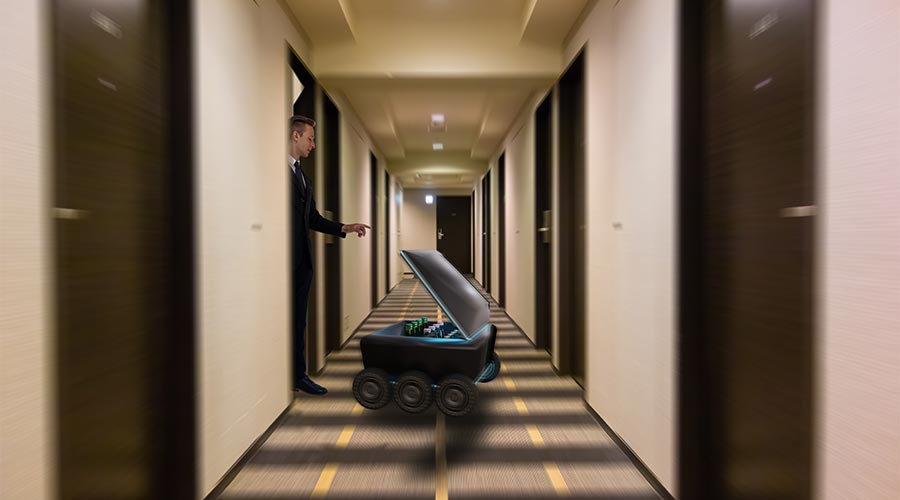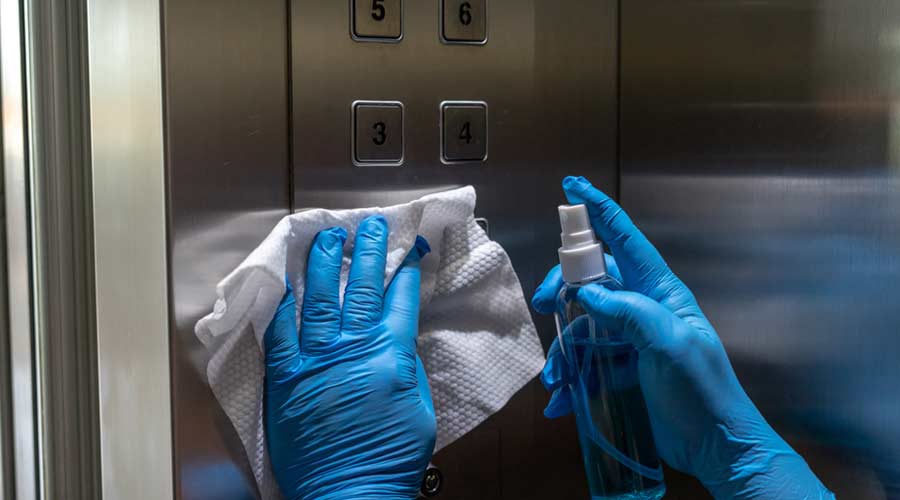
The hospitality sector is increasingly turning to robotic solutions to address ongoing labor shortages and elevate both operational efficiency and guest satisfaction. While robotics are still in their early stages within hotels, they are proving useful for tasks ranging from cleaning and security to concierge services and in-room deliveries. These machines offer continuous operation; freeing human staff to focus on more complex tasks and direct guest interactions. The global market for hotel robots is projected to grow significantly, from $79 million in 2020 to $338 million by 2025, demonstrating a compound annual growth rate (CAGR) of 32.8 percent.
Industry leaders emphasize that robots are not intended to replace human workers, but rather to enable them to perform their jobs more efficiently. For instance, autonomous cleaning robots can manage extensive vacuuming, a significant pain point for hotels, and some models can even refill and empty their tanks with minimal human intervention. This automation allows hotel staff to dedicate more time to personalized guest services, leading to improved consistency in tasks and reduced human error. Beyond operational support, robots like the ADAM barista can take coffee orders, while delivery robots can quickly bring amenities or room service directly to guestrooms, offering convenience and, in a sense, entertaining guests.
However, the integration of robots in hotels is not without challenges. Current robotic offerings tend to be function-specific, meaning a human team member is still often required to complement a robot's task, such as providing the correct item for delivery or conducting a thorough cleaning after a robot has vacuumed. The novelty of robots in public areas can also lead to inappropriate interference from guests. Operational hurdles can also include the initial cost of implementation and maintenance, a lack of industry-wide standardization, and the complexity of integrating robots with existing hotel infrastructure, like property management systems, Wi-Fi networks, and elevators. Even then, physical challenges such as swinging doors/uneven flooring and ADA ramps also cause challenges. Successful deployment requires thorough training for staff on programming, troubleshooting, and basic maintenance, along with effective "change management" to ensure full organizational buy-in. Despite these hurdles, the growing adoption of robotics signals a transformative shift in the hospitality industry, aiming to create more sustainable teams and enhanced guest experiences.

 The Down and Dirty on Cleaning in Virus Season
The Down and Dirty on Cleaning in Virus Season How Surfactant Use is Expanding in Commercial Cleaning
How Surfactant Use is Expanding in Commercial Cleaning